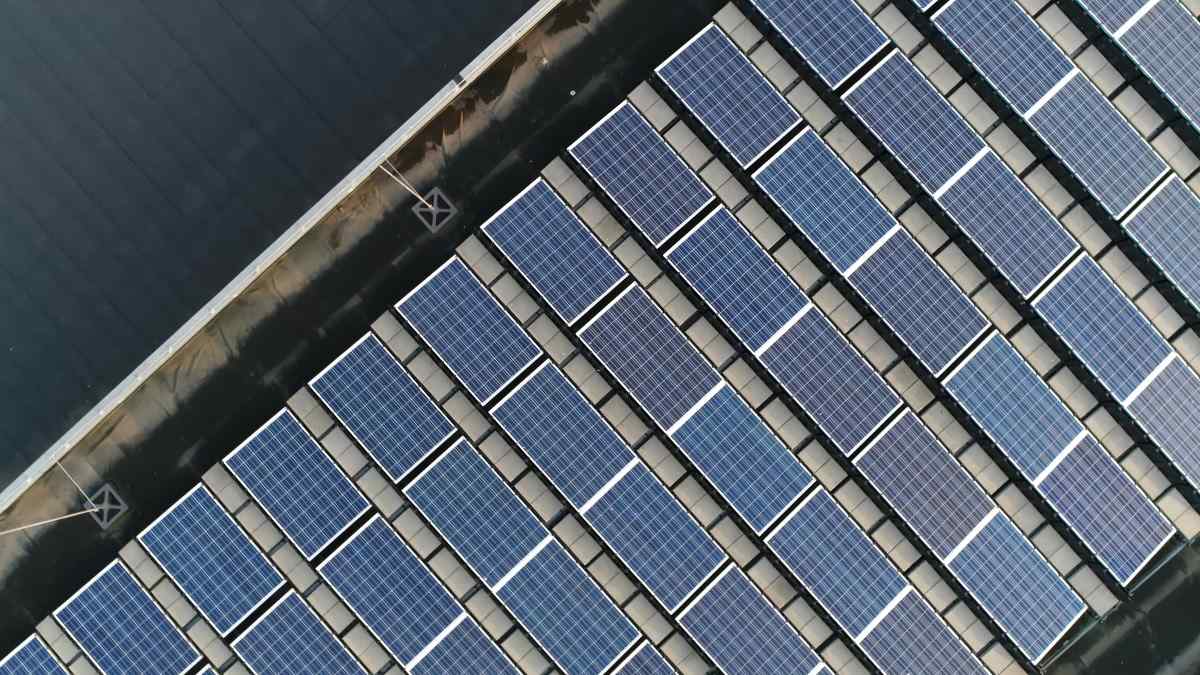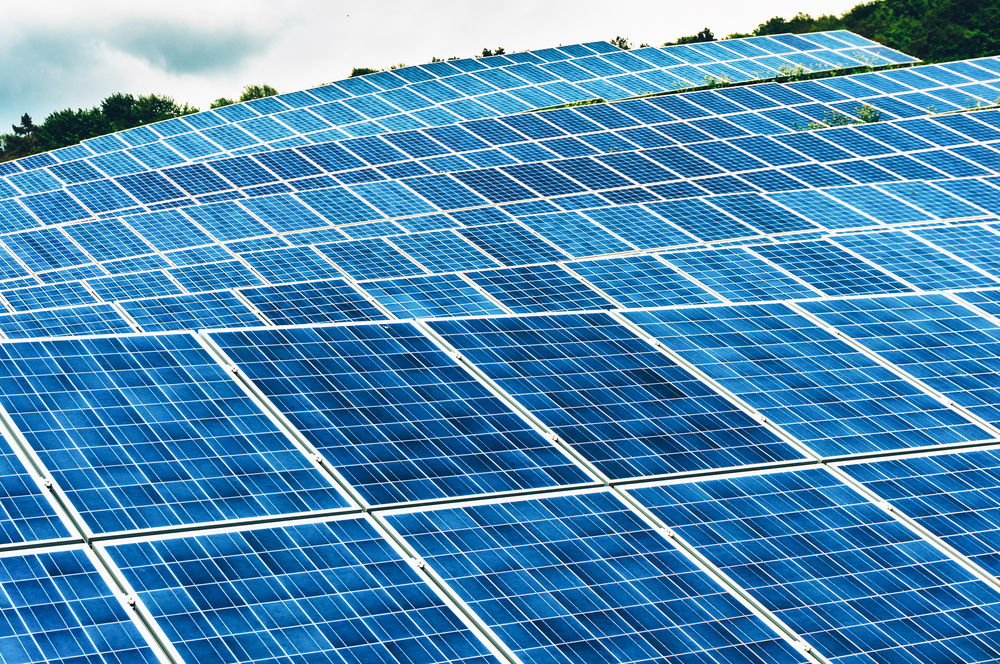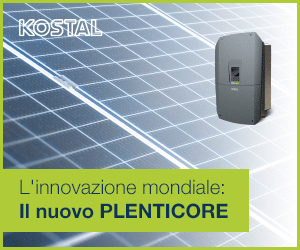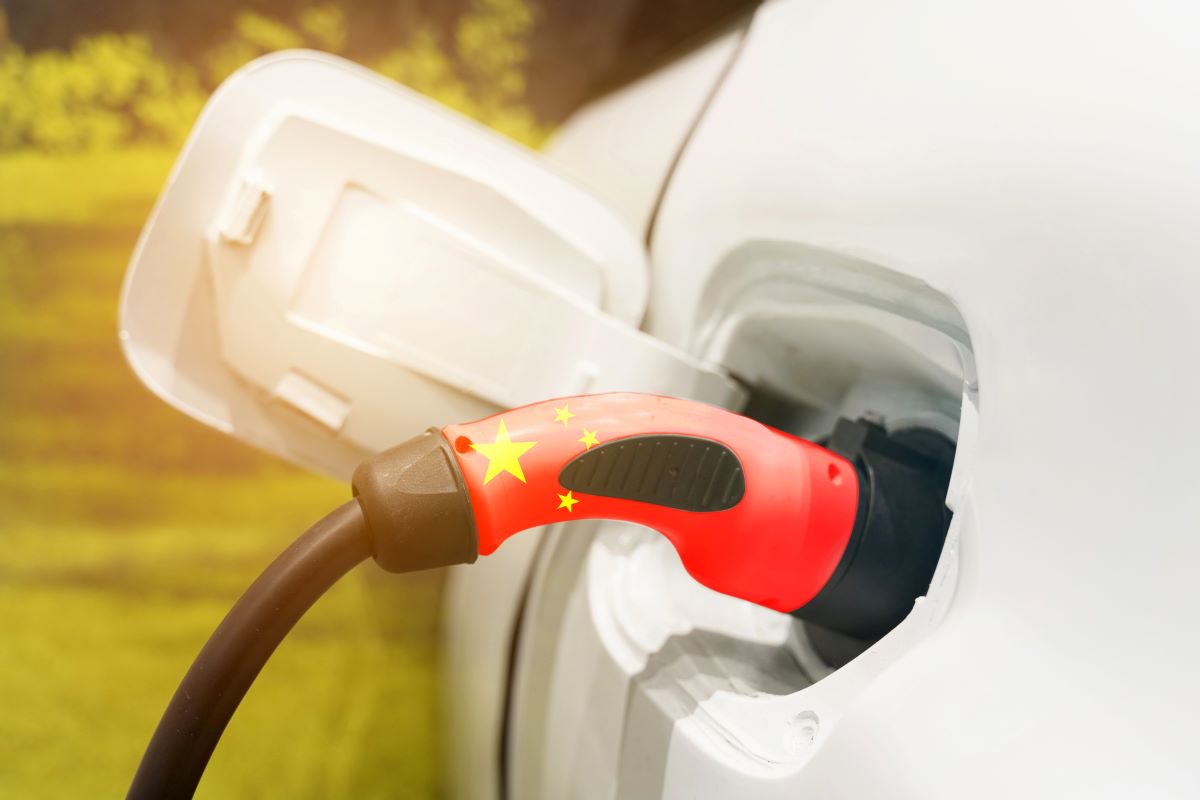The difficult negotiations that finally led to the Fourth Feed In Tariff ended with several disappointments, but were not without important achievements. Beyond the precise analysis of the specifics that can be found on our site, some more general observations can also be made.
The photovoltaic sector has developed in our country at an impressive speed, with over 200,000 systems currently operating today (197,000 with the feed-in tariff and approximately 5,000 completed previously), with 4.7 GW recorded by GSE (Italian electricity services operator). These figures place our country at the top of the list worldwide, second only to Germany, and ahead of the US and Japan. This success can be traced to very/too high incentives, satisfactory insolation conditions, the well structured electricity services operator, and a well developed network of designers, installers, and companies in the sector. And this achievement occurred despite the existence of notable contrary elements, such as an authorisational process that is sometimes exhausting, difficulties in obtaining financing, and long waits for connection to the network.
Now that the level of incentives is going to fall, it is important that the system moves toward simplification of the authorisational procedures, and works to achieve a sizable decrease in the time necessary for connection to the network. In this way, with the additional assistance of the decrease in module prices, our country can continue to follow this virtuous path and allow solar power to remain feasible even when the incentives disappear after 2016.
But let’s go back to the decree. What will happen now, after these last two months with the sector sliding every which way? In the light of what has been revealed about the new Feed In Tariff, it is likely that 2011 will be another boom year for photovoltaics. And a dramatic fall is also unlikely in the following years. In terms of investments, figures are at around €5-10 billion/year. All this suggests that by 2020, photovoltaics will be able to satisfy 10% of the country’s electricity requirements, and will continue to grow in the decades to follow..
However, the more this sector becomes stronger – and we have seen its strength over the last several weeks — the more important it becomes to responsibly consider the role that it will play in Italy, together with the technological supply chain. Here we are talking about the evolution of a sector that as of today already includes 800 businesses, to say nothing of the thousands of local installers. Nonetheless, these businesses also have to deal with increasingly strong international competition, particularly in terms of cell production.
During the negotiations with the Government, the Regions put forward a line of defence, suggesting a 10% increase in incentives for systems for which at least 60% of the costs can be traced to Italian-based production, or subordinately, European production. This is a path that other countries like Canada and France have already gone down, but it tends to hit a dead end when it runs into the rules of international commerce.
It would seem to more reasonable to support research activities, returning to initiatives such as “Industria 2015”, so as to offer our companies the opportunity to innovate, to group themselves into districts, and to reduce costs. The complex authorisational procedures necessary to create new factories need to be simplified. And finally, the excellent opportunity offered by the European funds destined for “Convergence Regions” (Sicily, Calabria, Puglia, Campania) must be taken advantage of before it disappears, as Germany was able to do in its Eastern regions, where it created “Solar Valleys” and solar districts.


































